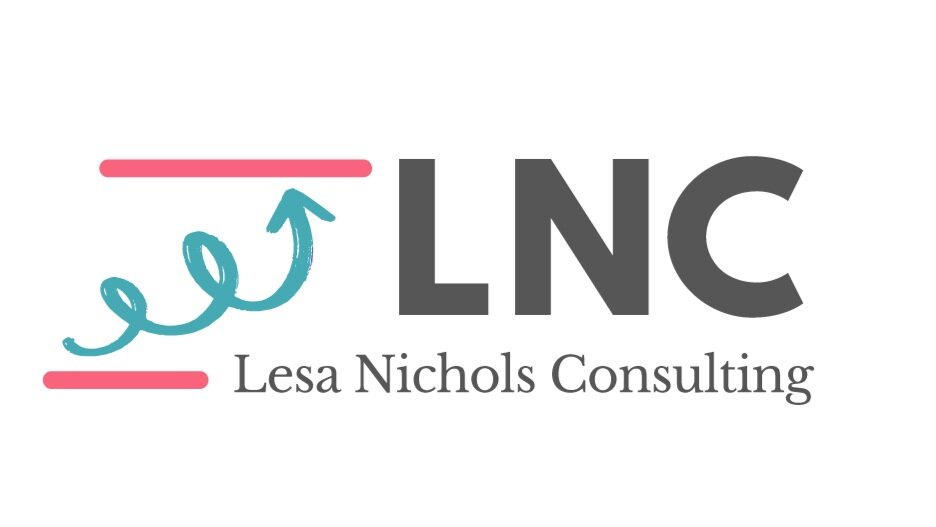Overcoming the Mystery of Gemba Walks
/During my many years in Toyota’s 'TPS' world, I never heard the term Gemba. What I did hear was “Go and See” and “Genchi Genbutsu”. So what is the difference and does it matter?
Genchi Genbutsu
This is Toyota’s term for what the rest of the world knows as Gemba.
First, the pronunciation:
*Gen (as in 'again')
*Chee
PLUS
*Gen (same as before)
*but (as in 'boot', not 'butt')
*su (as in 'sue')
Second, what does it mean? In English, it has been diluted to “Go and See”. But the key question is go to see what? We are going to see the reality that is happening- the “genjitsu”. The words are limiting so don't get caught up in them - for example, the original Japanese means “the real spot, the real thing” and doesn't in any way say to “go” do anything. It is implied.
Perhaps a better explanation is go... and observe. (It's hard to tell, I was once told that there are more than 40 words for “look” in Japanese.) The words compel me to try to understand how to deeply observe the real work being done in the real worksite. More importantly perhaps is to consider, when I am there, what am I trying to find?
I am certainly not a Japanese language specialist but my interpretation of this concept is Go with Intention to where the real work is done and observe deeply what is actually happening.
Third, the most important thing to me is to show respect to the people doing the actual work and not fall into the trap of being a tourist looking around generally without some idea of what I expect to see.
So, how do you do this? This is the million dollar question. Hundreds of books have been written on this topic. Common advice is to pick a theme: 5S, inventory management, cells and flow, value streams, employee involvement, etc. All of this is interesting but I would offer that it is more important to know what you want to accomplish. Of course, this varies depending on your role in the organization.
If you happen to be a member of top management with considerable decision making authority, I would ask you where is YOUR biggest source of pain? Is there a way that you can show it to me in the worksite? Let’s go there, where the work is done, with a sense of curiosity and ask the people doing the work, what is THEIR pain? Listen and observe carefully, ask respectful, thoughtful questions and take some notes of the key things that make an impression. Then back off to examine the connections between your pain and your employees' pain. When we have some ideas about that, try to figure out what you can do to help them get their jobs done with less pain. Good for the people, good for you and most importantly, good for the customer.
There are various techniques to asking good questions and to grasp what is happening in the worksite without being tourists. At the management level, we have a responsibility to break through barriers so the organization can move at the speed you expect.
So, before you hit the worksite, ask yourself - "what do I need to accomplish with this walk? How will I know if it is successful?" And then, you'll know : )
Best Regards,
Lesa
(Comments welcome, don't be shy)

